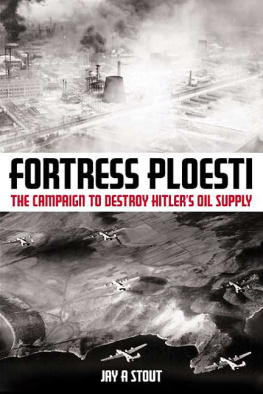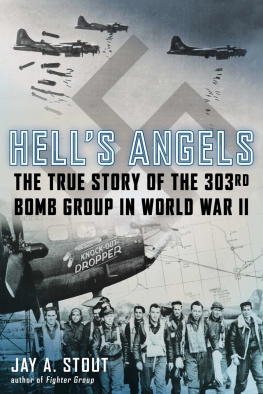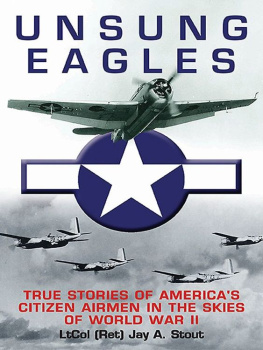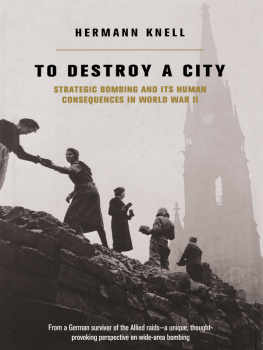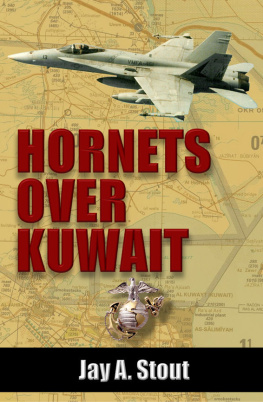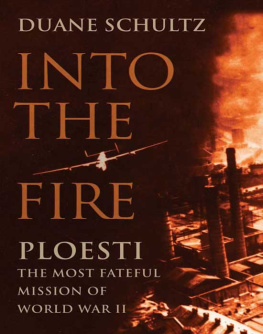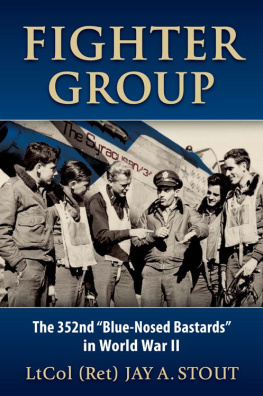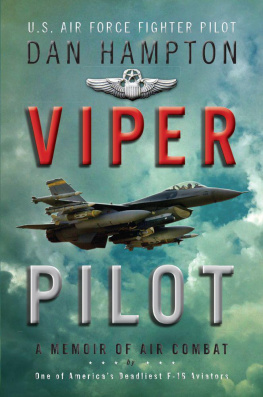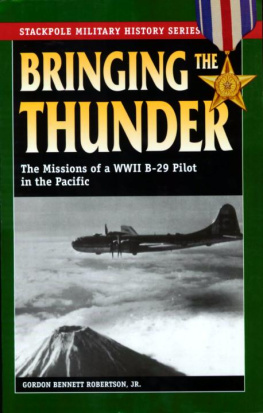
Other books by Jay A. Stout
Hornets Over Kuwait (1997)
The First Hellcat Ace (2001)

Published in the United States of America and Great Britain in 2011 by
CASEMATE PUBLISHERS
908 Darby Road, Havertown, PA 19083
and
17 Cheap Street, Newbury, Berkshire, RG14 5DD
Copyright 2003 Jay A. Stout
Reprinted January 2011
Paperback Edition: ISBN 978-1-935149-39-2
Digital Edition: ISBN 978-1-61200-0411
Cataloging-in-publication data is available from the Library of Congress and the British Library.
All rights reserved. No part of this book may be reproduced or transmitted in any form or by any means, electronic or mechanical including photocopying, recording or by any information storage and retrieval system, without permission from the Publisher in writing.
Printed and bound in the United States of America.
For a complete list of Casemate titles please contact:
CASEMATE PUBLISHERS (US)
Telephone (610) 853-9131, Fax (610) 853-9146
E-mail: casemate@casematepublishing.com
CASEMATE PUBLISHERS (UK)
Telephone (01635) 231091, Fax (01635) 41619
E-mail: casemate-uk@casematepublishing.co.uk
My mother Violet and my father Alfred made me into the person who could write this book.
My sisters Polly and Joan never killed me when they likely had good reason.
I love them all beyond measure.
This book is dedicated to the mothers, fathers, sisters, brothers, sons, and daughters of all the warriors.
I promise that you also are loved beyond measure.
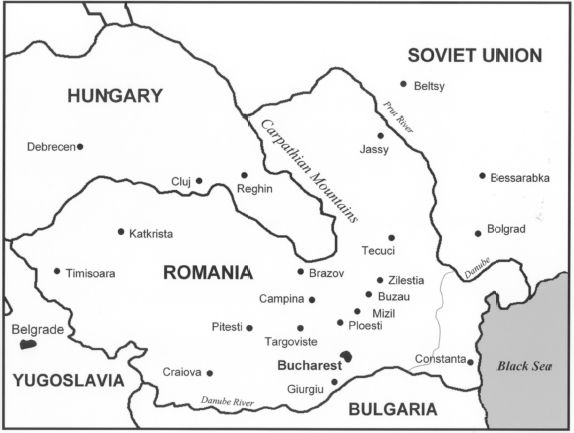
Maps and Illustrations
Foreword
P LOESTI .
Among those familiar with the name, it typically evokes images of the grim heroics that characterized the near-ruinous low-level attack of August 1, 1943. And while that mission was a watershed event in the history of aerial warfareand will be covered in detail within these pagesit is only part of the story. The greater campaign that ultimately turned the great petroleum complex into little more than twisted metal and ash really got underway during the following year, 1944. It was an effort that comprised 5,446 bomber sorties and 3,498 protective fighter sorties, spread over twenty-four missions and several months. This relentless campaign makes up a far-reaching story that is unlike any other of World War II.
Like all stories, it is one made up of people and circumstances. And in order for it to be understood, these peoplethe warriors who destroyed Ploestiand their circumstances, must be put into perspective.

Ploesti is pronounced Ploi-yesht.
The American men who fought in the skies of World War II didnt step out of a Norman Rockwell painting, wiping a milk mustache with one hand and clutching a baseball glove with the other. Like all of us, they were real people, from a real time. They experienced the same joys and the same heartaches as we do. They came from happy homes, and they came from broken homes; many of the men came from single-parent familiesin which death and divorce took their toll. They came from farms and from cities. They were regular peopleno more intelligent, brave, or good than their counterparts from any other generation.
What set them apart, and ultimately left a unique mark on their lives, came about because of timing and history. For the most part, they were born in the years between 1915 and 1925, grew up during a staggering economic depression, and came of age just in time to participateto fightin the defining event of the Twentieth Century. World War II, truly a global clash of unprecedented proportions, was characterized by a struggle in the skies of such colossal magnitude that it is unlikely that it can ever be repeated.
No nation possessed enough extraordinary men ready to fight in this struggle for the skies; they had to be trained. No nation came close to producing as many of these men as did the United States. Our nations fliers, in greater numbers than any other nation, fought for, died for, and ultimately won supremacy in the air over every theater of the war.
When they finally came home, their souls and sense of self forever seared by the branding iron of war, they went back to the cities and the farms. Putting the war behind them as best they could, they went on with their lives. They became doctors and construction workers. Some became accountants. Others became senators, or engineers. One became The President of the United States. In short, when they came back from the skies of World War II, they, along with their earth-bound brother warriors, led the nation to become the most powerful and respected on the globe.
The vast majority of them were unheralded. They returned to the States, a job well done, and got on with their lives. They were role models for those of us from that post-war bulge in the nations population that became the Baby Boom Generation. They were our fathers and our uncles, and grandfathers to some of us. They were the cranky guy who lived in the house at the corner and yelled at us for driving through the neighborhood too fast. These men who had survived the bloody skies were all around us.
They were all around us because their numbers were astounding. In 1940, with the war in Europe already underway, and a conflict with Japan nearing a certainty, there were approximately 6,000 pilots in service with both the Army Air Forces and the Navy combined. To be sure, growth across all of the services was staggering. Americas armed forces were truly composed of citizen-soldiers.
How were such incredible numbers of men given such specialized skills in time to make a difference in the war? It wasnt easy. While war in Europe was brewing, the government recognized the need for an established pool of pilots with basic skills. One response was the establishment in 1939 of the Civilian Pilot Training Program (CTPT) through which college men received flight instruction at minimal cost and very little obligation. Thousands of young men took advantage of this program and it paid dividends early in the warat the beginning of 1942 there were 10,000 CTPT graduates flying with the services.
Incredibly, in this time before the silicon chip, hundreds of thousands of young men were screened and recruited as potential airmen. There was no lack of qualified candidates, but almost from the beginning there was a backlog in getting them to training. There were hundreds of processing centers, training facilities, and airfields to be prepared. In the end it worked, although most of the men would snort at the suggestion that it was an efficient process. Still, most of them pointed out that with the nations entire focus directed toward winning the war, it worked. Youve got to remember that virtually none of us had done this before, one of them said. Nobody. Not the clerks, not the instructors, not the cooks. Nobody! We all just did the best we could. And they did pretty well. Young men who were only a year or two removed from pushing and shoving in the high school lunch line, were sharpened into the most formidable aerial force in the world.
It wasnt just the men in the armed forces who were doing their best. American industry produced aircraft and aviation equipment at an astonishing rate. The pace of expansion was extraordinarylike nothing seen before or since. In 1940 the Army Air Corps and the Navy accepted roughly three thousand aircraft. During 1944, the last full year of the war, the combined acceptance was 77,126a twenty-five-fold increase. All told, from 1941 until the end of the war, the United States produced 297,318 aircraft of all types for delivery to its own air arms and those of its allies.

